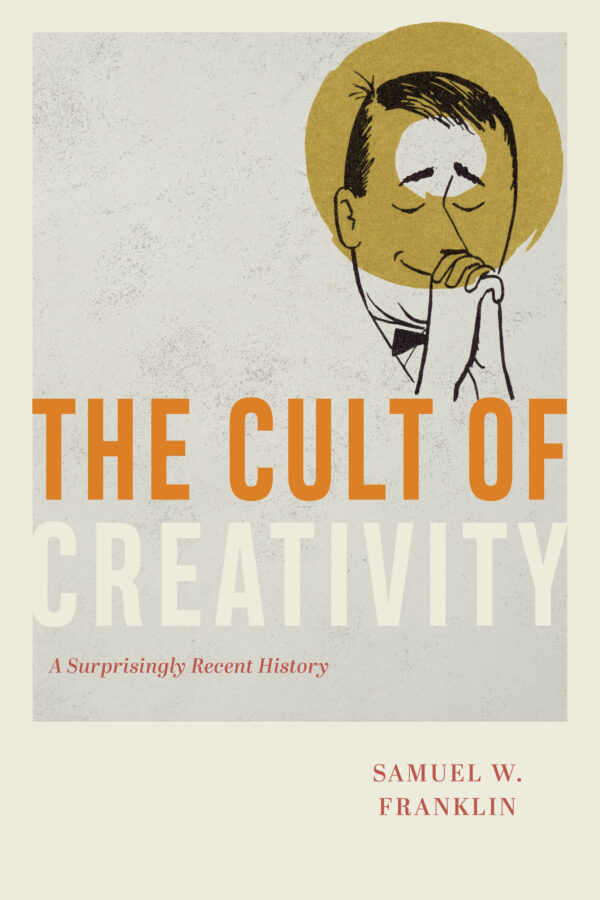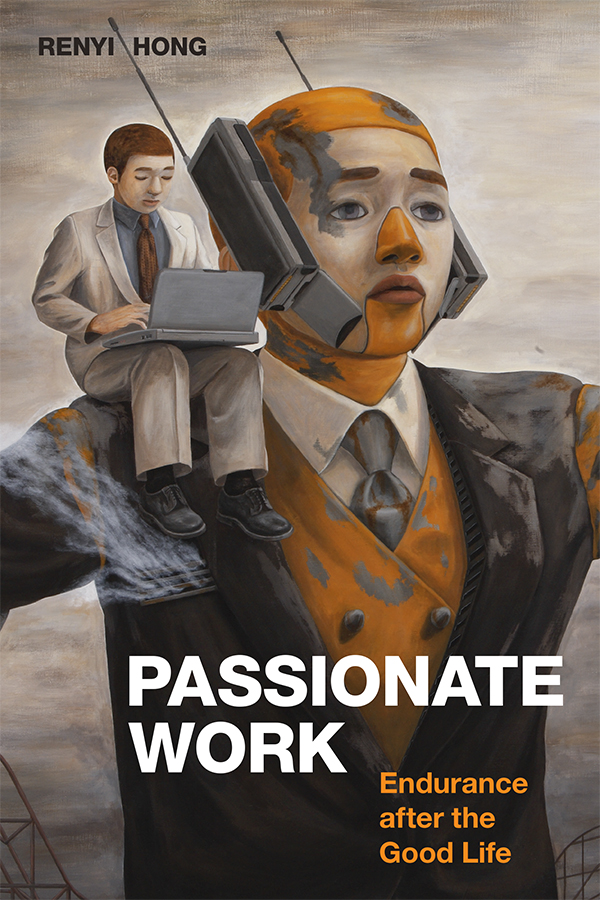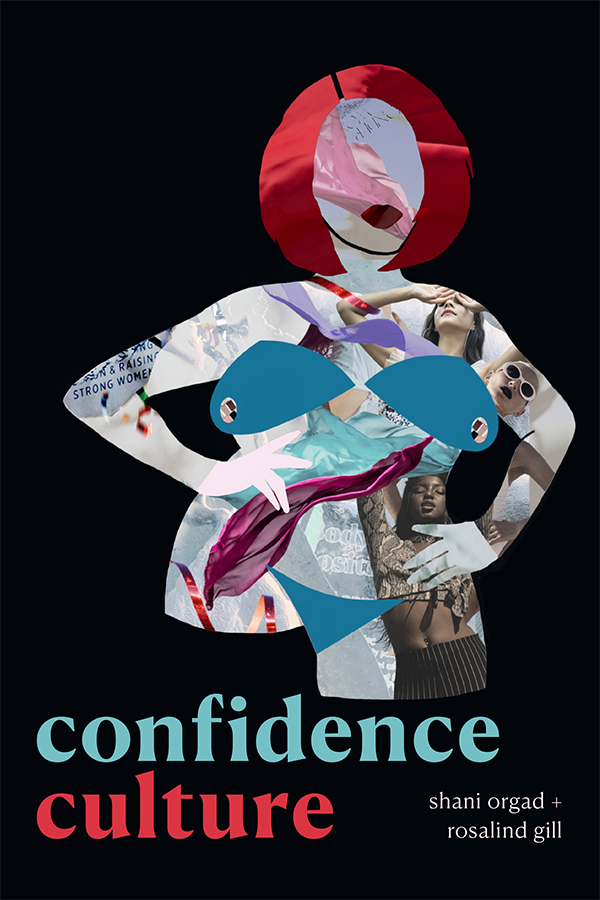I want to talk about publishing and writing in Australia today. We have an old publishing industry that clings tightly to some of its early twentieth-century etiquette while dealing with a world in flux. Many of our evergreen habits are likely to be gone soon. We’ve spent years now debating the future of the book and what it might look like in e- and p- formats but we haven’t spoken about enough of the future, really, such as the sale or return policy we extend to our bookseller colleagues in the age of online selling. Or the advance/royalty system we conduct with our authors, 90 per cent of which is largely symbolic and an act of faith rather than a proper financial exchange after the first year or two. Thankfully, we’ve started to stop the waste of excess print runs so as to get unit costs down but that’s because the technology has improved.
Most of our problems are understood yet I don’t think we address them very well. One recent example concerns literary and book awards in Australia and the impost on small publishers in entering them. My decision at UWA Publishing to cease our previous policy of entering books into every award that author and publisher thought had a chance of a shortlisting became an impossibility due to costs and the expectations of authors that awards were one of the most important factors post-publication.
I was relieved that most of our authors were supportive and expressed that to us. But in the sector there’s been a bit of judgement. Wonderfully, the Victorian Premiers Literary Award organisation recently rose to the challenge of the problems at the heart of the UWAP decision and announced they were ceasing charging their entry fee and requiring the multiple copies of printed books publishers had to post to the award headquarters. From 2018, they’ll accept PDFs instead.
The awards story is just one part of a cultural sector worth scrutinising to note what it offers, what it can deliver, and how it has, in my humble opinion, run off the rails. Despite all of the doom and gloom predictions, Australians are reading more than ever. But they are less likely to be reading Australian works than those by international authors.
First, a brief introduction to provide context for my comments. I started my working life in bookshops, and opened my own in Perth when I was 23. I am also a writer, but semi-retired during my tenure as a publisher. I’ve been at UWA Publishing since 2006 and am exhilarated every day at the prospect of working with authors and making books of distinction: risk-taking, attentive to what language and expression can do, and still in love with the design components of the traditional book. In the last 35 years I have also been involved in writers festivals and collaborations with other artists, taught writing, written reviews of books and been a ferocious advocate for literary activity.
I’ve been around — and I believe something has gone wrong in this past decade. Part of it comes from the dominance of a celebrity culture where achievement through thinking and making has been distilled down to image and status, even if that lasts for only a smidgeon longer than Andy Warhol suggested. That isn’t why most writers make books but it’s a seductive model when you are in the middle of it and hearing about other people’s success. If you are a writer, or know one, there is no doubt you would have heard the statement ‘My book could have done better but the marketing was crap.’ The romance of publishing a book is alive and well and regularly clouds the reality of having achieved significantly with one’s labour and imagination (and a supportive publisher). Publishing a book rarely changes one’s life – but it can break your heart if you expect it will.
We may be able to explain some of these changes by thinking about the decision of Australian universities in the first half of the 1990s to formalise a relationship with creative writers and welcome them into a newly established cognate discipline in the humanities and arts called Creative Writing. It certainly helped to bolster many English departments with new blood and purpose: a splendid idea to match the study of literature with the practice of writing it. It came at a crucial time for writers as government grants went into free-fall after a golden age of support. Scholarships were now available and kept many writers in a living wage for three years. New benchmarks were developed in these courses and a more professional approach applied to the idea of the writer: to what should happen in a financial and reputational sense after publication.
The ubiquity of Creative Writing in Australian universities was the trigger for me as series editor to introduce fiction in the UWAP list I inaugurated in the year before I commenced as Director of UWAP. I was aware of how many PhD and Masters degrees were being completed by both unpublished and heavily published writers – and I was watching how few then moved through to publication by tracking with local knowledge and conference attendance. I advertised my desire for submission of these manuscripts for our new Writing series, aware that if I’d opened it up to all comers I’d have to rent a warehouse to store the offerings. As it was, hundreds of manuscripts arrived and formed the beginning of our now-successful fiction list.
In my observation in the 2000s, something had changed regarding the status of the creative writer. A new hierarchy was being formed around status with more writers than ever before finding agents (many based outside Australia), prestigious publishers (usually of the billion-dollar multinational corporate variety), and travel on author tours including writers festival gigs. A stable of names dominated shortlists for awards and the touring circuit. I love this type of success but it takes money and might to participate and this is where the second level of the hierarchy took its form. The competition became fierce in a way I don’t think it had been before. I recall the phrase marketing-led publishing being bandied about in the 1990s; by the 2000s it had certainly reached its peak.
These changes made it harder to find a way for authors to land comfortably after publication into a modest space where they could continue to think about craft. Back in the older days under a previous cultural hierarchy where young writers and women writers were excluded, not comprehensively but selectively, there was an expectation that not much would happen for first and second books in the larger reading community and in the media. There was a large quotient of gratitude expressed for the act of being published. It’s my gut feeling that in some part the professionalising of the author in the publishing world has come about through expectations developed in universities and then exported into the community of writers. Wherever it came from, though, it has changed everything.
The performing author has become the equivalent of the book itself and expectations now mirror the marketing departments of the big publishers where everything happens in the first month or the book is deemed a flop. For most small publishers this is an impossible gig. And here comes the whine: small publishers are unwittingly judged by the standards of the billion dollar companies when it comes to expenditure on launches and tours and advertising and marketing and effort.
The last time the Australian Bureau of Statistics collected comprehensive data on the publishing industry (back in 2003-4) the average sales for an Australian book was 813 copies. In the year 2015 in Australia there were around 20,000 new ISBNs created, of which 390 books sold more than 10,000 copies. Just look at the composition of any Australian bestseller lists for further evidence of what sells. And then do a small calculation: 10,000 copies sold results in a royalty return to the author of around $30,000, a taxable sum. If the book has taken one year to write and a subsequent book is written and published in the same timeframe (one year off to write, one year promoting), that’s an annual return of $15,000. No wonder the allure of awards prize money is so present.
Other anecdotal material suggests most book purchases come from word of mouth recommendations rather than, for instance, print reviews. Most of the publishers in this country are making books that are defined by the concept of the ‘long tail’: a large number of unique items that sell in relatively small quantities, but have longevity potential. While I don’t want to hex any of my authors out of a good annual return for their labour, I do want their books to make an impact and remain in the cultural spaces of history and interpretation, loved by readers. I don’t want them to be one-hit wonders that disappear after those first one or three months on the shelf. We have so much more competition for the consumer dollar from box-set reading, genre fiction, celebrity memoir, and the online world made up of both quality writing and crap. If I estimated the time I’ve spent reading Trump material since the US election I’d faint.
One of the most serious problems we have in Australia today is that there are not enough readers, or readers prepared to take a risk on diverse voices. We are publishing too much, and there are too many writers and not enough readers. It becomes easier to purchase the tried and tested, the books everyone else is talking about. I’m a bit shocked at the decline since I started in publishing. In 2009 we bought the rights to a Random House Canada novel of 640 pages, The Toss of a Lemon by Padma Viswanathan, an Indian family saga of literary distinction with a RRP of $34.95. We sold more copies of that novel than any other fiction so far. Word of mouth did that, along with a couple of cracking reviews, and the hand selling for a few years by Dymocks in Bourke Street Melbourne.
The Australian book industry, despite many threats imposed by governments of the day, is in a strong position with annual sales of around 50-plus million books to a total value of close to one billion dollars. For small publishers it’s a precarious business: it’s a huge continent with a small population and we freight our books expensively in trucks. This riskiness may account for small publishers taking on adult fiction titles in 2016 and selling them at just half the rate (12 per cent) of the multinationals (24 per cent of total book sales).
Independent bookstores represent just over 26 per cent of the print book market in Australia with chain and online-only stores representing around 44 per cent of the market. Discount department stores are the next great growth areas for bookselling with 29.8 per cent of the market at the moment. Publishers of non-commercial work struggle to be taken up anywhere but the independent bookshops and in recent years many have timidly set up their own online shops, something entirely frowned upon in the past because it was seen to undercut our most valuable allies.
What is little understood in the world of readers and observers of our industry is how complex a financial business it is to publish low-yield print run books that require just as much of an investment in production as the bestsellers and then to put them out into a market that requires higher and higher discounts. It used to be a standard that booksellers received a 40 per cent discount on every book they ordered but that figure has crept up in recent years, sometimes close to 50 per cent. Distribution costs are extra: between 25 and 30 per cent of the retail price of a book. That leaves us to pay 10 per cent to the author and use the balance to pay our staff and fixed costs. That works quite well with a sales result of 10,000 copies but it’s a bit bleak on one to two thousand copies. Whenever we are honest about sales results, authors despair and readers are puzzled, imagining that the myth of instant success and quitting the day job is real: after all, when you spend $30 on a book you probably think that more than $3 flows to the creator.
My final message to authors, always, is to be patient and remember how many other books were released in the same month as yours. Reviews are not guaranteed, and neither are sales, but we’ve got your back. Otherwise, we wouldn’t have taken you on and risked our own meagre dollars.




